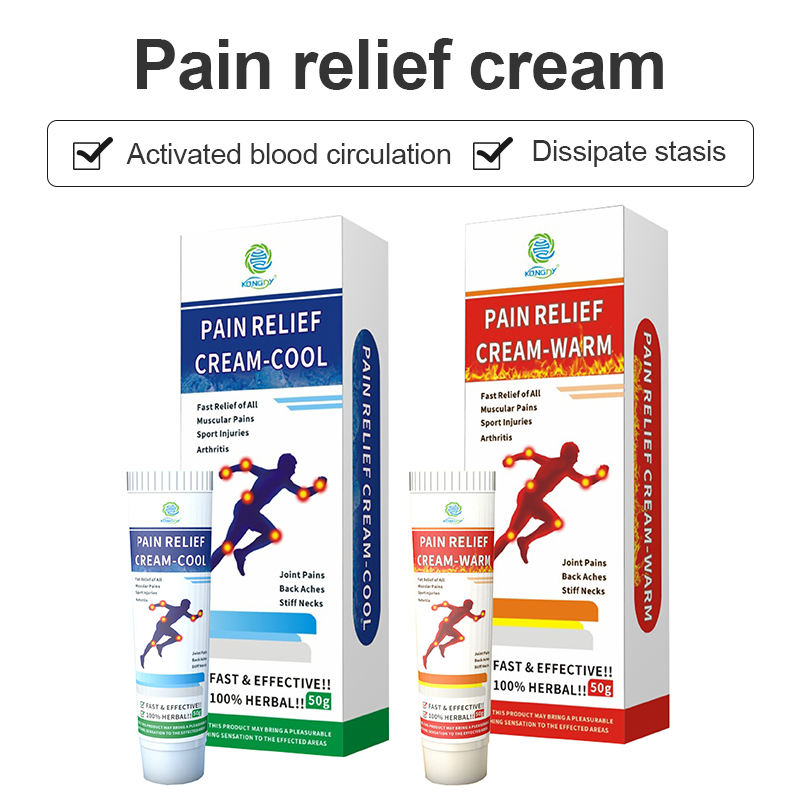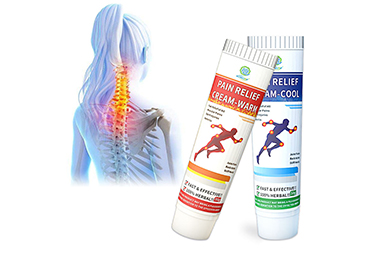In the realm of pain management, pain reducing creams have emerged as a powerful tool for those seeking relief from various types of discomfort. These topical treatments offer a unique approach to pain reduction, combining the convenience of external application with the effectiveness of carefully selected active ingredients.
Pain reducing creams work by penetrating the skin and targeting the underlying tissues and nerves responsible for pain sensations. Unlike oral pain medications that affect the entire body, these creams provide localized relief, potentially minimizing systemic side effects. This targeted approach makes them particularly useful for addressing specific areas of pain, such as arthritic joints, sore muscles, or minor injuries.
The effectiveness of pain reducing creams lies in their formulation. Many contain a combination of analgesic and anti-inflammatory compounds. Common ingredients include nonsteroidal anti-inflammatory drugs (NSAIDs) like diclofenac, natural substances such as arnica or comfrey, and counterirritants like menthol or camphor. Some advanced formulations even incorporate ingredients that enhance skin penetration, ensuring that the active components reach the affected areas more efficiently.

One of the key advantages of pain reducing creams is their versatility. They can be used to address a wide range of pain types, from acute injuries to chronic conditions. Athletes often turn to these creams for quick relief from muscle strains or joint pain, while individuals with arthritis may find them helpful in managing daily discomfort. The ability to apply the cream directly to the painful area also allows for more precise dosing and can be particularly beneficial for those who experience pain in specific, localized regions.
However, it’s important to note that while pain reducing creams can be highly effective, they are not a one-size-fits-all solution. The efficacy can vary depending on the type and severity of pain, as well as individual factors such as skin sensitivity and the depth of the affected tissues. Users should also be aware that some pain reducing creams may cause skin irritation or allergic reactions in sensitive individuals.
When incorporating pain reducing creams into a pain management routine, it’s crucial to follow the product instructions carefully. Overuse or improper application can lead to skin irritation or potentially harmful systemic absorption of the active ingredients. It’s also advisable to consult with a healthcare professional before using these creams, especially for individuals with pre-existing medical conditions or those taking other medications.
In conclusion, pain reducing creams represent an innovative approach to pain management, offering targeted relief without the need for oral medication. While they may not be suitable for all types of pain or all individuals, for many, these creams provide a valuable option in the toolkit of pain management strategies. As with any medical treatment, informed use and professional guidance are key to maximizing the benefits while minimizing potential risks.






